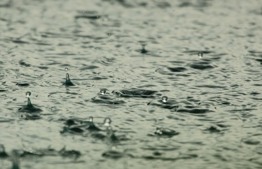Kefar Darom past and present—we will rebuild you once again!
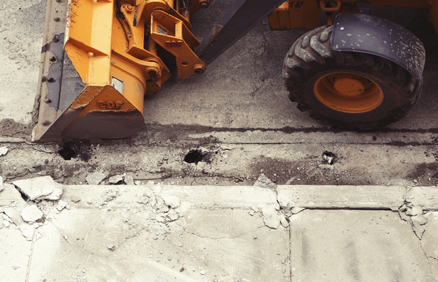
The story of Kefar Darom, the most veteran of the Gush Katif settlements and former home of Torah VeHa'aretz Institute. A brief historical overview, including the settlement's crucial role in the War of Independence.
Torah VeHa'aretz Institute was founded in Gush Katif in 5746 (1986) and from 5751 (1991) in Kefar Darom; today it operates from Shavei Darom.
What is the story of Kefar Darom?
Kefar Darom was the most veteran of the Gush Katif settlements, its history revealing its deep Jewish roots. The settlement was situated in the wadi Gerar area, settled in the past by our forefathers, Abraham and Isaac, where Isaac was commanded:
"Reside in this land, and I will be with you and bless you; I will give all these lands to you and to your children …" (Genesis 26:3).
This area is included in the portion of the tribe of Juda, and the settlement itself is mentioned in the Talmud as a Jewishly populated area (tractate Sotah 20b). Later on, its name was changed to Dir (Darom-South) al-Balach.
Nearly a century ago, citrus grower Tuvia Miller purchased 26 hectares there, planted an orchard and dug a well in the area. Everything was destroyed by Arab rioters in the Arab Revolt of 5696-5699 (1936-1939).
In 5705 (1944) Tuvia Miller sold the plot to JNF-KKL, but the area was actually settled following Yom Kippur 5607 (1946), by a Kibbutz Dati cadre, as part of Operation Eleven Points in the Negev.
As part of the operation, that night (following Yom Kippur), 11 new settlements were set up in the Negev employing the choma umigdal (wall and tower) method, thereby bypassing the British ban on establishing new settlements.
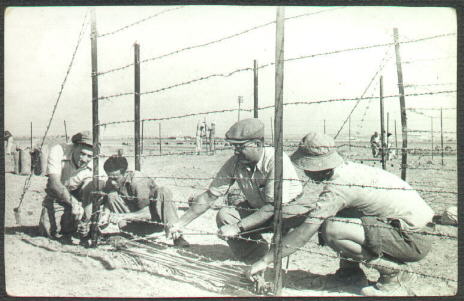
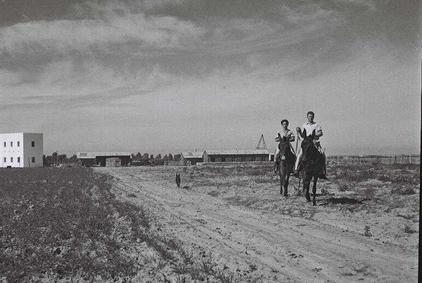
During the War of Independence, the residents of Kefar Darom fought courageously, staving off the Egyptian forces and preventing them from entering the heart of the nascent State of Israel. A small group with scant means valiantly defended the area for nearly three months against thousands of Egyptians, armored forces and artillery. The continued stronghold on Kefar Darom gave hope and courage to the settlements of the South, as aptly stated by Moshe Netzer (commander of the Second Palmach Battalion): "We knew that if Kefar Darom fell, and the enemy would reach Yad Mordechai—Tel Aviv would be in danger. We valued the settlement's valiant steadfast stance, which fulfilled a difficult role. Only history will be able to properly appreciate the contribution of Kefar Darom to the War of Independence."
At the General Staff's command, after suffering heavy casualties (11 were killed), the Kefar Darom warriors were eventually evacuated from the area in Tammuz 5708 (July 1948). The next day, the Egyptian army attacked the empty settlement for 24 hours, until they "captured" it.
Following the Six Day War, Nachal (pioneer combatant youth) set up a military outpost in Kefar Darom to renew the Jewish presence in the Gaza Strip. Following the Yom Kippur War, Kefar Darom was civilianized and became the first of the Gush Katif settlements.
Gush Katif: In the desolate dunes (that the Arabs were sure that were impossible to settle), flourishing settlements sprang up one after another, making the desert bloom with globally competitive agriculture. These settlements combined faith and action, Torah and work, with an immense sense of love for fellow Jews and tremendous self-sacrifice.
Following Yom Kippur 5750 (1989), Kefar Darom was officially established as a Religious Zionist residential settlement. Hothouses were built, and the Torah VeHa'aretz Institute was established, to increase halachic and scientific knowledge related to the mitzvot tied to the Land of Israel and educate the public on the topic. Later on, the Chasalat-Alei Katif factory was built, and sold tens of millions of bags of insect-free vegetables annually, in Israel and abroad. Midreshet Torah VeHa'aretz, a school-on-wheels, was also based in Kefar Darom.
During the course of the First and Second Intifada, five residents of Kefar Darom were murdered: Doron Shorshan, Rabbi Shimon Biran—the settlement's rabbi, Efraim (Effi) Ayubi, Gabi Biton, and Miri Amitai; others were injured. However, Kefar Darom's answer to these harsh blows were in the spirit of "by your blood you will live."
Kefar Darom was expanded, the number of families doubled, and an elementary school, kollel, and yeshiva were established. In the summer of 5765 (2005) a tent neighborhood was set up called Ohavei Shemo (lovers of G-d's name) by numerous families all around Israel who joined Kefar Darom with much self-sacrifice, as well as many yeshiva students who came to learn Torah in Kefar Darom, all identifying deeply with the residents' plight, ahead of the Disengagement Plan.
To our great sorrow, on 13 Av 5765, August of 2005, Kefar Darom was uprooted along with the rest of Gush Katif, and its residents evicted. This was the very first time in history that the Israeli government expelled Jews from their homes from a lot purchased well before the State's establishment, a settlement that saved the State of Israel in the War of Independence, part of an entire bloc of settlements that made the desert bloom and stood strong in the fact of repeated terror attacks.
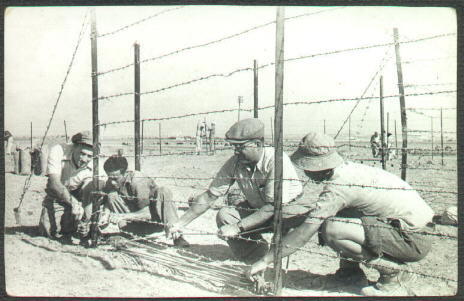
Continuing on: After the Expulsion from Gush Katif, the residents of Kefar Darom relocated temporarily to Ashkelon, and from there to a new development near Moshav Nir Akiva, west of Gush Katif, called Shavei Darom. Meaning "returnees to the South," its name expresses the belief and hope to return to Kefar Darom and Gush Katif. An additional group of former Kefar Darom residents founded Neta, a development in east Lakhish, (together with the evictees of Tel Katifa).
Torah VeHa'aretz Institute and Midreshet Torah VeHa'aretz have continued operations full force in Shavei Darom, and Chasalat-Alei Katif was rebuilt near Netivot as a large, state-of-the-art factory whose produce is sold throughout Israel.
The secret of redemption lies in remembrance. It is extremely important to remember the story of heroism and settlement of Gush Katif as a whole, and of Kefar Darom in particular. May it be G-d's will that we soon merit to see the fulfillment of the prophecy "And the sons will return to their boundaries!"
For lectures on the topic: Kefar Darom and Gush Katif—a historical perspective, please contact the office of Torah VeHa'aretz Institute.



